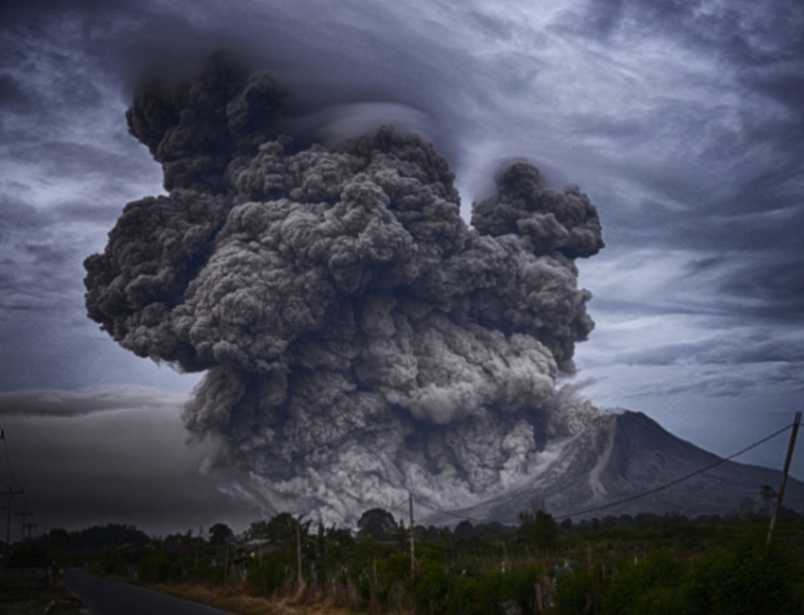In the world of cultural evolution and regional traditions, certain phenomena capture the essence of community, belief systems, and local identity. One such intriguing concept is “Mamgatoto,” a term that evokes a sense of mystery and intrigue, while holding a deeply embedded cultural significance in certain regions. As an idea or movement, Mamgatoto seems to encapsulate a blend of heritage, ritual, modern adaptation, and perhaps even spirituality. But what exactly is Mamgatoto, and why does it resonate with those who partake in or identify with it?
The Origins of Mamgatoto
The roots of Mamgatoto can be traced back to the traditions of indigenous communities in specific areas, most likely in sub-Saharan Africa or South America, where oral histories and stories form the bedrock of cultural transmission. The term “Mamgatoto” itself may be a derivative of a local dialect or indigenous language, reflecting the community’s engagement with nature, mythology, and social structure.
In many regions where the Mamgatoto tradition exists, there is a strong connection to the earth, the cycles of life, and ancestral worship. Mamgatoto can be seen as an embodiment of these themes, where the people celebrate their bonds with the environment, animals, and their predecessors. It has deep ties to the reverence of land and water, which often serve as focal points for rituals and festivals. These ceremonies tend to center around the concept of renewal, growth, and prosperity, often linked to agricultural seasons or significant astronomical events.
Symbolism and Meaning Behind Mamgatoto
Mamgatoto represents more than just a series of rites or traditions; it embodies a philosophy of balance between the human experience and the natural world. In many cultures, the earth is viewed as a living entity, a mother figure who provides sustenance and protection. The Mamgatoto traditions often reflect this belief, where participants engage in rituals designed to give thanks, offer sacrifices, or ask for blessings for a good harvest, safe travels, or protection from harm.
The symbolism of Mamgatoto is further enriched by its use of specific icons or objects, often natural items like stones, water, or plants, which are imbued with meaning. These objects are believed to carry spiritual energy, which is then transferred or harnessed during ceremonial practices. In some cases, intricate patterns, songs, or chants accompany these rituals, further emphasizing the significance of Mamgatoto within the community.
Mamgatoto in the Modern Era
As societies evolve, so too do their cultural practices. Mamgatoto is no exception. While it retains its foundational principles, the modern iteration of Mamgatoto may also reflect contemporary concerns and values. With increasing awareness of environmental conservation, climate change, and the preservation of indigenous knowledge, Mamgatoto has found a new audience among eco-conscious groups and those interested in sustainability.
In recent decades, there has been a resurgence of interest in indigenous practices and ways of life, often as a counterbalance to the rapid pace of industrialization and globalization. Mamgatoto, with its emphasis on community, nature, and spirituality, speaks to these growing movements. Festivals and gatherings that incorporate elements of Mamgatoto are increasingly common in urban areas, where they are embraced by people from various backgrounds who are drawn to its holistic worldview and environmental ethics.
The Role of Elders in Mamgatoto
Elders play a pivotal role in the transmission of Mamgatoto knowledge and practices. They are the custodians of the community’s history, stories, and rituals. Through their teachings, younger generations learn the intricacies of the Mamgatoto tradition, from the proper way to perform certain rites to the underlying meanings of the symbols used.
The elders are also responsible for ensuring that the ceremonies are conducted in a way that honors the traditions of their ancestors. In many cases, these rituals are seen as a form of communication with the spiritual world, where the proper observance of customs is necessary to maintain harmony between the physical and metaphysical realms.
The role of elders in Mamgatoto is not just limited to ceremonial functions. They also serve as community leaders and mediators, using the wisdom gained from their years to guide younger members through life’s challenges. In this way, Mamgatoto is not just a set of rituals, but a way of life that emphasizes respect, wisdom, and the continuity of cultural identity.
Mamgatoto and Global Recognition
As globalization continues to shrink the distance between cultures, Mamgatoto has begun to garner attention beyond its traditional borders. Scholars, anthropologists, and even tourists have shown increasing interest in this cultural practice, viewing it as a living example of sustainable living and a connection to the earth. Some have sought to document and study Mamgatoto in an effort to preserve its knowledge for future generations, while others have participated in the rituals to gain a deeper understanding of its spiritual and philosophical underpinnings.
This global interest, while positive in terms of recognition, also raises questions about the preservation of authenticity. There is a fine line between celebrating and commodifying such traditions. Many advocates argue that Mamgatoto should remain an organic practice, deeply tied to its people, rather than being diluted for commercial gain or academic curiosity.
The Future of Mamgatoto
The future of Mamgatoto is likely to be shaped by both its ability to adapt to modern challenges and its adherence to the core values of respect for nature, community cohesion, and spiritual growth. As more people around the world seek to reconnect with traditional ways of living, Mamgatoto may serve as a beacon of ancient wisdom in the contemporary era.
That being said, it is also crucial for the communities that practice Mamgatoto to retain ownership of their culture. While outside interest can be beneficial, it is the voices of those within the Mamgatoto tradition that must remain at the forefront. In this way, the practice can evolve while still honoring its roots, ensuring that future generations can continue to experience the profound connection between humanity and the natural world that Mamgatoto represents.
In conclusion, Mamgatoto is more than just a cultural practice; it is a living tradition that continues to inspire reverence, curiosity, and a sense of unity. Whether through its ancient rituals or its modern adaptations, Mamgatoto remains a symbol of balance and harmony between people and their environment, offering valuable lessons for a world increasingly disconnected from nature. Read More



Your point of view caught my eye and was very interesting. Thanks. I have a question for you.
Good day! Do you know if they make any plugins to help with SEO?
I’m trying to get my website to rank for some
targeted keywords but I’m not seeing very good results. If you know of any please share.
Kudos! I saw similar text here: Warm blankets